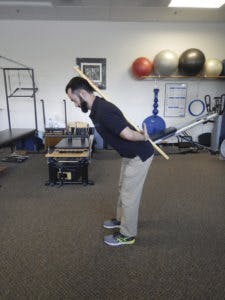Insurance… Know before you go!
Health insurance is not only a hot button topic for most but can be extremely complicated. People may have difficulty knowing what services are covered, by whom they are covered, what office you can be seen at, and how much you might owe post visit. Most think and feel that since we may pay high premiums that all services thereafter should be covered 100% by the insurance company. Unfortunately, this is not true depending on the insurance plan you have signed up for. The best way to find out all the information is to contact your insurance provider prior to any medical visit to determine what your cost may be. At North County Water and Sports Therapy Center we take the extra step, before scheduling you for appointments, to verify your benefits and confirm what attending therapy might cost you. Insurance coverage explanation involves verbiage that you may not completely understand. Below is a list of terms you may encounter when speaking with your insurance company or our staff at the front desk that will help you understand your insurance benefits.
Deductible: A fixed dollar amount, usually a calendar year that the insured has to pay in full before the insurance company will pay for services. Plans may have individual and family deductibles.
Copayment (copay): A fixed dollar amount that the insured pays at time of medical services received. This amount may differ between your primary care providers versus a specialist, such as Physical Therapy. Some plans may require you to meet your deductible first before the copay applies.
Coinsurance: Requires the insured to pay a percentage of medical expenses after the deductible amount, if any, is paid.
Out of pocket max: A fixed dollar amount that the insured is required to pay each year out of his own pocket that does not include premiums, and depending on your insurance can be different for an individual versus a family.
Preauthorization: When an insurance company requires documentation prior to your first visit or after your first visit to determine medical necessity for treatment and visit allowance for episode of care.
Visit limitation: Some insurance companies put a limit of the number of visits a patient can have each year regardless of injury type or occurrences throughout the year.
Visit review: Some insurance companies allow you to have a certain number of visits, and after that number is reached they require a review of your case. In some cases they may deny any further treatment.
This is just a short list of terms that you may come across when deciphering your benefits for therapy. When you contact our office for an appointment we will do our best to answer any questions you may have regarding your insurance as it pertains to Physical Therapy.
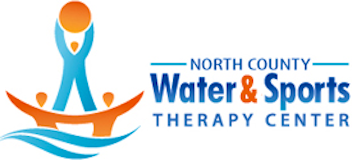

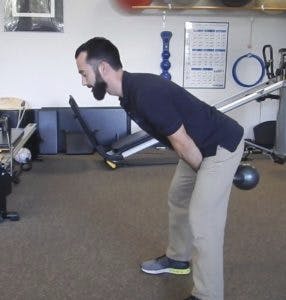
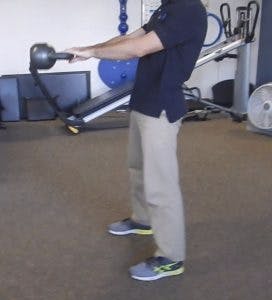


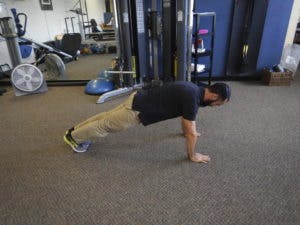
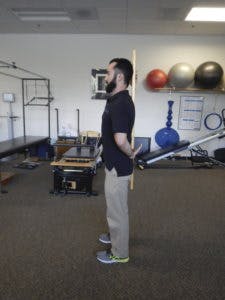 d while maintaining a neutral spine position which are both needed for a swing. Perform exercise 15 times.
d while maintaining a neutral spine position which are both needed for a swing. Perform exercise 15 times.